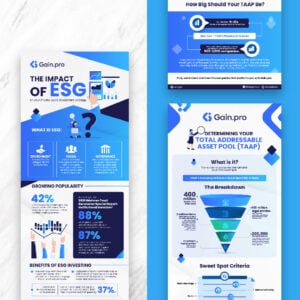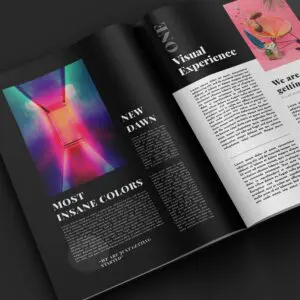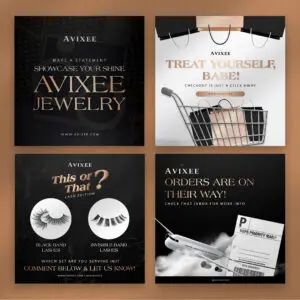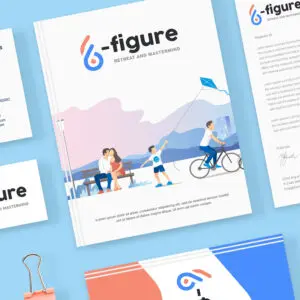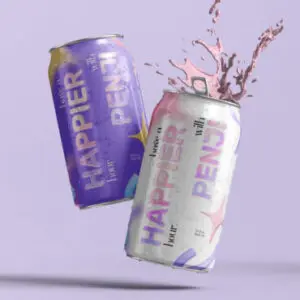
Advertising is a challenging industry. It involves a hit-or-miss game. Bad advertisements have caused brands’ stocks to plunge, sales to decrease, and word of mouth to spread across social media. Whether the brand made a bad decision or the ad was just misinterpreted, the result is the same: bad press. Thankfully, these failures can become a learning opportunity for your future advertising. In this article, you can discover the common problems of these ads and how you can improve your next ad campaign.
What are bad advertisements?
Bad advertisements are those ad campaigns that simply don’t work. Instead of the sole purpose of selling your products, bad advertisements do the opposite. They turn away your audience. Whether it’s the bad visuals, irrelevant significance, or offensive copy, a bad advertisement will only make your brand look, well, bad.
What is the cringiest ad ever?
One of the cringiest ads ever was the Mr. Clean Super Bowl ad in 2017. It shows Mr. Clean’s mascot cleaning a woman’s house in a seductive way. The woman was dancing flirtatiously in the end, only to find out it was her husband cleaning the house. Some found it awkward while others found it sexist. Unfortunately, this ad in no longer available on YouTube.
What is unacceptable advertising?
Unacceptable advertising pertains to ads that violate rules and regulations such as prevent people’s rights, criticize other races or ethnicities, invade other’s privacy, provide false information, and other reasons that are deemed inappropriate by society and other cultures.
What Bad Advertising Does for Your Brand
For the reasons stated above, it’s crucial to ensure that your brand doesn’t fall into creating ads that push customers away. There are cases that having a good or well-crafted ad can help increase stock prices. On the other hand, if brands launch a poorly made ad, it may hurt the brand not only in sales but with stocks too.
Sometimes, investors may even choose to buy more stocks since the brand or company went viral. It’s common that in any controversial ad, stocks would take a hit. It doesn’t last long and stocks would rebound for the company after a couple of days.
Other times, false advertising could also affect consumer perception and even impact stock prices. As such, it may also be considered bad advertising.
Without further ado, here’s 10 companies that had issues in their advertising (that eventually impacted their stock prices). This is to show you that even the bigger names make mistakes and see what we can learn from them.
1. Peloton Pissed People Off


This Peloton ad is one of the most controversial ads in 2019. It told a tale of a woman gifted by her husband the new Peloton bike. Viewers will see the wife using the Peloton ad at different points in her life. The ad seemed harmless, but what caused the backlash is how people perceived the ad.
Thus, the social media outrage and the eventual stock plunge. Some even called the ad sexist. For some, it was a bad advertisement due to the woman’s expressions.
However, the ad had the right target audience. The problem was that it made the wrong person the hero of the story (her husband). If she had bought it for herself, the ad would have succeeded.
According to the Wall Street Journal, Peloton’s shares dipped to as low as 15%. However, like with many other brands, Peloton’s stocks went on to recover. As for Monica Ruiz (the Peloton wife), she addressed the issue in a Today Show interview saying she felt her expressions sparked the issue.
The ad is still up on YouTube.
Related Post: Look Out For These Unethical Digital Ads
2. Pepsi’s Tasteless Ad


This Pepsi ad was one of the most heavily criticized of the year. It featured Kendall Jenner offering Pepsi during a rally. Thanks to her, the rally became a celebration when one of the police officers drank the Pepsi.
Most social media users were outraged at how Pepsi wanted to make light of rallies that end in violence. One notable voice amongst the crowd was Bernice King, Martin Luther King, Jr’s daughter. She tweeted, “If only Daddy would have known about the power of #Pepsi.” It seems that they failed to have a diverse group of people approve of the campaign idea.
The Pepsi ad had an impact on its stocks. Many observed that stocks dipped slightly on the day of the ad. However, Pepsi managed to recover despite the debacle and the eventual pull-out of the ad.
3. Snapchat Gets Offensive
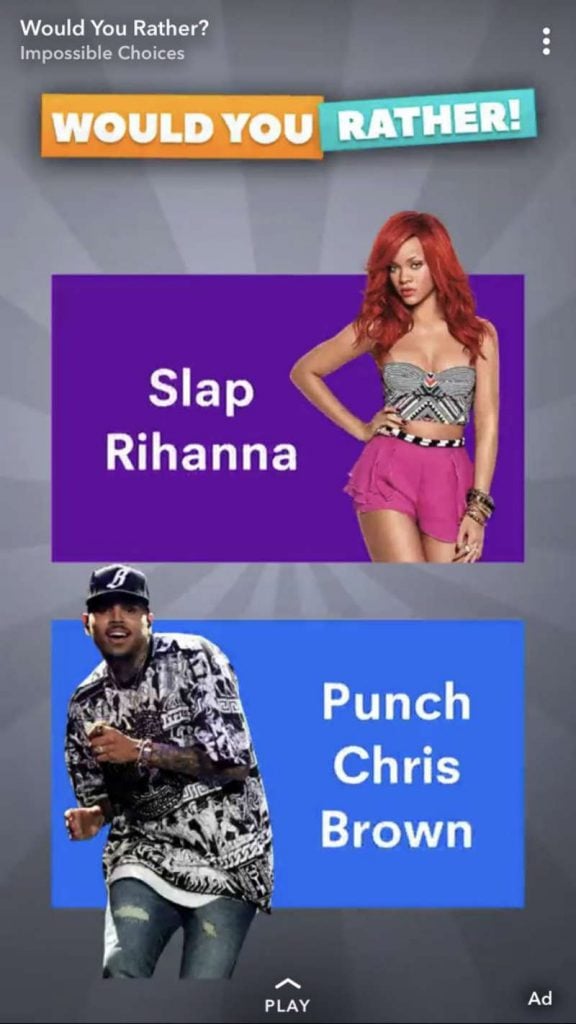

One of Snapchat’s absolute worst of all bad advertisements. It sparked outrage not only from its users but also from notable people like Chrissy Teigen and Chelsea Clinton. This ad is a good example of a joke that.. wasn’t funny.
The ad in question was in the form of a poll. It involved Rihanna and her past relating to abuse in 2009. Many agree that the ad seemed to make a joke over domestic violence and it was done in poor taste.
It was a bad advertisement at its finest that Snapchat’s stocks took a hit and further fell when Rihanna addressed the offensive ad. Not only did stocks plunge, but it lost almost $1 billion dollars.
Snapchat pulled out the ad and issued an apology after the advertising blunder.
4. Gillette (The Best Men Can Be)
In the wake of the #MeToo movement, P&G’s Gillette launched an ad campaign about addressing toxic masculinity.
The ad showcased stereotypes of men, but Gillette wanted to set an example for men. It’s for men to become more conscious and mindful and support other men too.
Some praised Gillette for making an ad that was appropriate during the rise of #MeToo. Many took offense because it tells men how to be men that it sparked outrage on social media.
Fortune reported that P&G’s shares fell when the ad was released, but like some of the ads in this list, their shares bounced back.
5. Nike’s Colin Kaepernick Ad
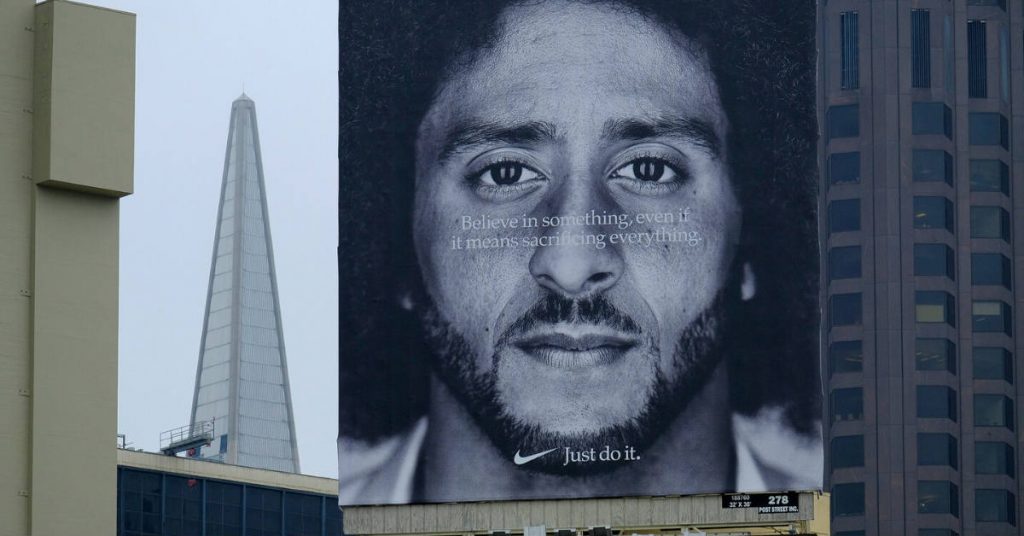

One of the most controversial ads in the late 2010s is Colin Kaepernick’s ‘Just Do It’ ad campaign for Nike. The quarterback shot to fame after kneeling rather than standing for the national anthem before the 2016 pre-season game. He did it to raise awareness for social justice.
The video ad featured him speaking about being the best, doing your best, and doing something bigger than you. All the traits that sum up the ‘Just Do It’ credo. It showed some of the brand’s famous endorsers and those who are hailed as heroes in their own fields. It may be harmless for some, but his ties to racial injustice caused it to become political.
The ad had divisive viewpoints. Some took offense from Nike’s ad campaign that they burned their shoes in protest. Meanwhile, others lauded the shoe company for taking a risk with Colin Kaepernick. Nike shoots its shot and it was an eventual triumph for the brand.
CNBC reported that shares fell momentarily when the brand launched its new ad campaign. But, Nike rebounded and recovered due to a surge in stocks a few days after.
Related Post: 11 Esports Marketing Strategies That Will Get You In The Game
6. Sainsbury Upset Viewers


Sainsbury, a UK-based supermarket, launched their 1914 ad during Christmas. It depicted a real-life event that happened more than 100 years ago. According to Real Business, the ad received over 800+ complaints by using World War I as the setting of their advertisement.
Sainsbury’s stocks did take a hit, but it wasn’t as significant. The supermarket chain still kept the ad on YouTube and didn’t let any backlash pull it out. Plus, Sainsbury’s revenue increased during Christmas in 2014.
7. H&M (Coolest Monkey in The Jungle)
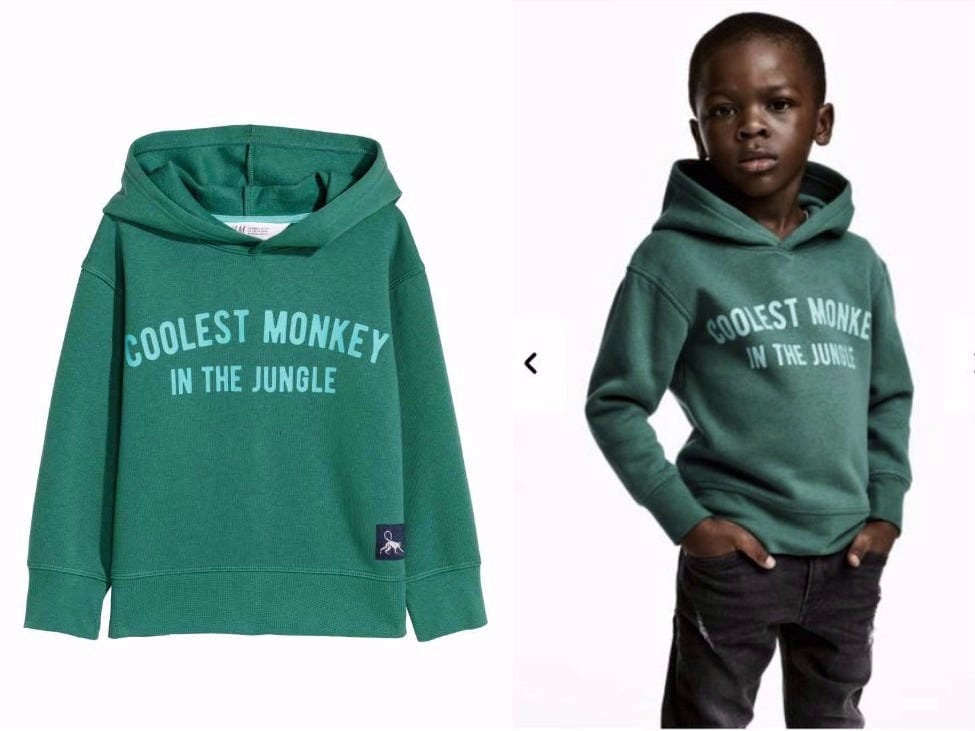

H&M wanted to promote one of its newest sweatshirt designs, “Coolest Monkey in The Jungle” in the UK. However, their promotion of the new sweatshirt backfired when the ad seemingly had racist overtones. This incident was an example of bad advertising.
Social media users were quick to criticize the ad and even celebrities chimed in on the matter. The Weeknd, a former H&M collaborator stated he was offended by the ad and he would no longer work with the brand. G-Eazy was another celebrity that no longer wants a connection with H&M after the debacle.
Due to this incident, stocks went down to 40%, according to NS Business. There were reports that despite the incident, it was still sold outside of the US. However, according to H&M, they pulled out the garment from its stock.
8. Under Armour’s Flop


Under Armour’s case was an instance when the advertisement wasn’t even launched yet, stocks had already dropped. The footwear brand’s 2008 Super Bowl TV commercial may have cost the athletic wear some millions of dollars.
The ad featured athletes in their best forms, training then gathering to proclaim that they are the future. It aimed to promote a new model of their cross trainer and used no gimmicks or unusual storylines. Only athletes in their natural surroundings doing what they do best.
According to CNBC, news about their ad costs affected their stock prices. When the Under Armour ad finally saw the light of day during the Super Bowl, the ad received mixed reviews. The ad featured the athletic wear’s first opportunity to market athletic shoes other than cleats. It also showed a futuristic setting that may have only catered to its target audience.
The ad drew flak because it didn’t seem to connect with its consumer base and didn’t get the message across, but Under Armour defended the ad because they claim to be on-brand.
9. Exxon’s Misleading Claims


Ridiculously bad advertisements come in different forms. It’s not just about message and design, but it’s also how things get promoted and released to the public. ExxonMobil and Fitbit’s cases are two controversial cases regarding false advertising.
ExxonMobil’s ads are subject to scrutiny and criticism. Based on several news reports, it published misleading ads that deny Exxon’s involvement in climate change.
Not only that, there were some internal issues that went about in ExxonMobil. There was also controversy over ExxonMobil’s attempt to increase its stocks. It eventually led to the gas company being tried for defrauding the public and its investors.
ExxonMobil has seen a decline in shares not only due to its actions but also its products are no longer as in demand as before. Despite its controversies, ExxonMobil won the trial.
10. Fitbit’s Literally FALSE Advertisements
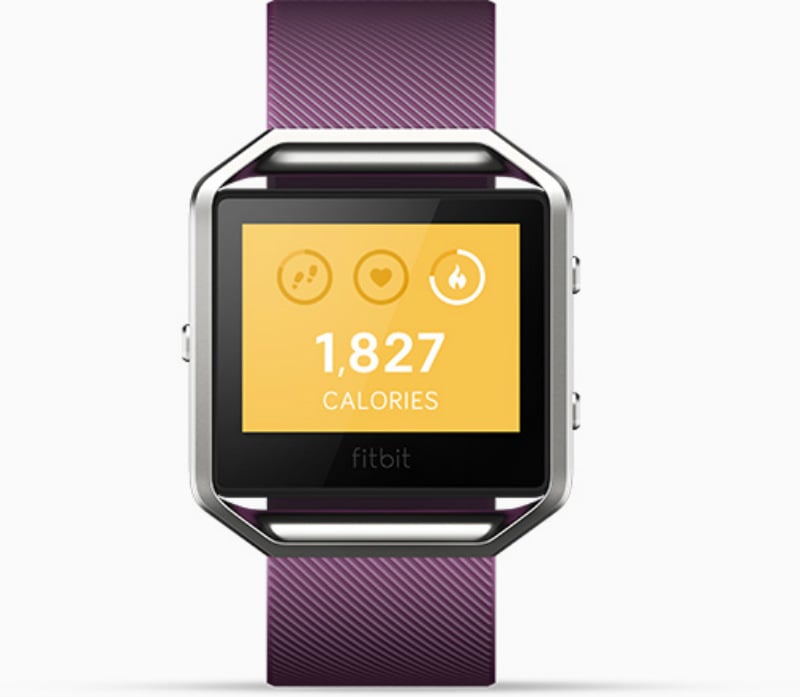

Fitbit also faced some backlash over false advertising that it led to consumers filing a lawsuit against the company. Those who accused Fitbit mentioned the features of its product, PurePulse™, didn’t do its actual job.
Honesty and transparency are crucial for brands for trust retention. After Fitbit falsely advertised its PurePulse™, people would be more hesitant to buy from the brand.
Due to the news and complaints received, Fitbit’s stock was affected for one day. PurePulse™ isn’t the only Fitbit product that received backlash over false advertising. Other Fitbit models that tracked sleep failed to make do with its promise that caused some consumers to file some complaints about it too.
Fix Bad Advertising with Penji
Our years of experience working with marketing agencies have given us ample knowledge in creating advertisements without backlash. Penji can help you design ads that are effective, eye-catching, and on-brand. Check out some of our previous work:
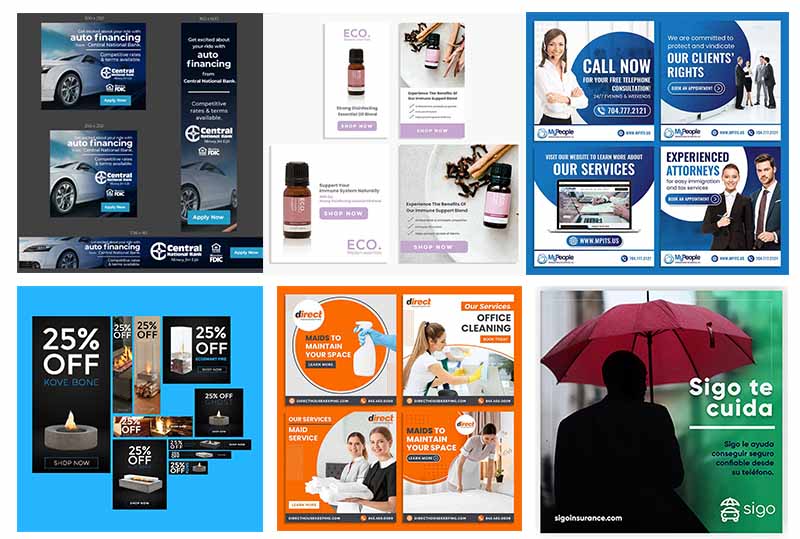

If you need ads designed, sign up for a Penji account. You can also watch our demo video here to learn how it works.
Three-Step Process to Requesting an Advertisement on Penji
By signing up with Penji, you won’t have to deal with complicated forms. You don’t have to backtrack on email threads. All you need to do is access the all-in-one, seamless platform. Follow these steps in requesting an advertising design.
Step 1: Creating a Project


Once you sign up for any Penji plan, you can go to your dashboard and Create a Project.
Click Create New Project from the dashboard. After this, choose the design type you’re requesting. Finally, provide your design brief and include all the important details. This way, the designer could turn in the first draft faster.
Step 2: Reviewing the First Draft


Part of any Penji plan is the unlimited revisions feature. You could revise your design until you’re satisfied. You don’t have to pay extra for it.
Plus, don’t forget to use the point-and-click feature built in on the platform. This allows you to become clear with the revisions.
Step 3: Downloading the Design
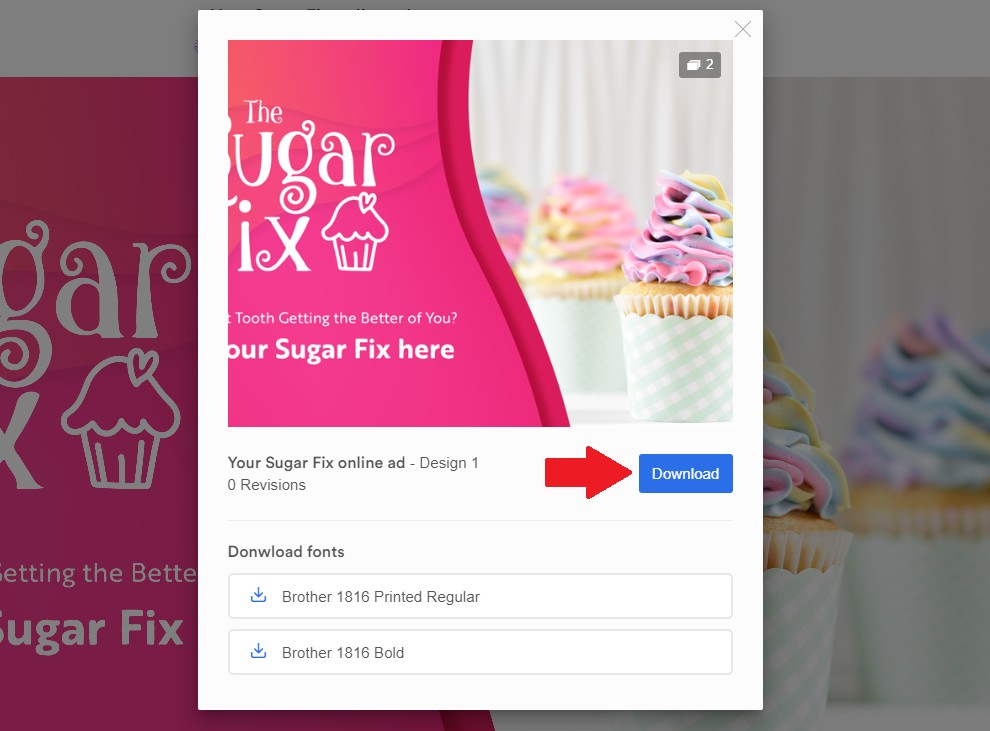

Everybody’s favorite step: downloading the design. On the Penji platform, just click the Download button. That’s it! The files are yours. You get full ownership of the designs too, so you won’t run into copyright issues.
Key Takeaways
Advertising plays such a huge role in terms of a company’s revenue and stock. Advertisement response also can determine stock prices.
In cases like Nike and Gillette, those brands experience momentary dips in stocks. It will eventually rebound after a few days since their ads lean toward controversies and may have had more positive effects.
Meanwhile, for Snapchat and H&M, their concepts weren’t well-received due to celebrity influences, so their stocks took a plunge.
Learning from the above-mentioned companies’ mistakes, brands should take careful consideration and planning that it doesn’t offend or cause boycotts. Bad advertisements can create an impact on stock prices because, with backlash, it may affect the way its consumers perceive the brand and eventually affect revenue too.
As such, brands should ensure that their advertising efforts are not only truthful but can deliver a consistent brand message that won’t negatively impact their brand.
About the author


Katrina Pascual
Katrina is a content writer specializing in graphic design, marketing, social media, and technology. In her spare time, she writes monthly personal blogs to practice her craft.
Table of Contents
- What are bad advertisements?
- What is the cringiest ad ever?
- What is unacceptable advertising?
- What Bad Advertising Does for Your Brand
- 1. Peloton Pissed People Off
- 2. Pepsi’s Tasteless Ad
- 3. Snapchat Gets Offensive
- 4. Gillette (The Best Men Can Be)
- 5. Nike’s Colin Kaepernick Ad
- 6. Sainsbury Upset Viewers
- 7. H&M (Coolest Monkey in The Jungle)
- 8. Under Armour’s Flop
- 9. Exxon’s Misleading Claims
- 10. Fitbit’s Literally FALSE Advertisements
- Fix Bad Advertising with Penji
- Three-Step Process to Requesting an Advertisement on Penji
- Key Takeaways

